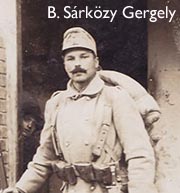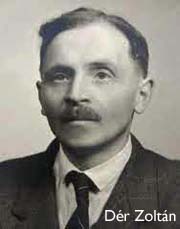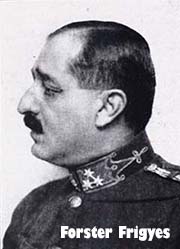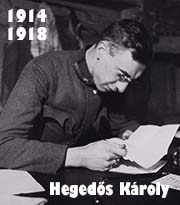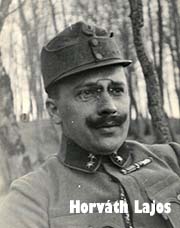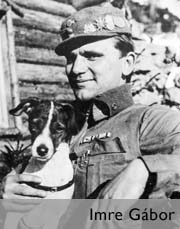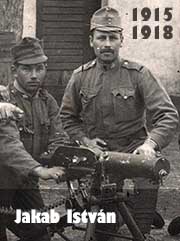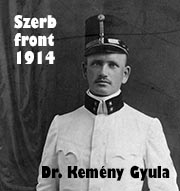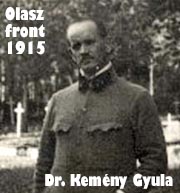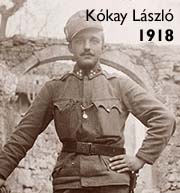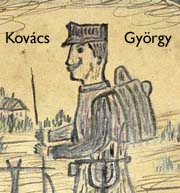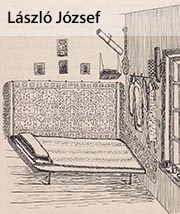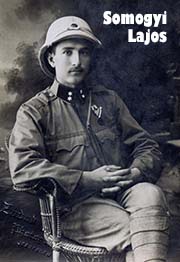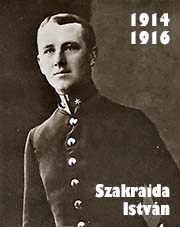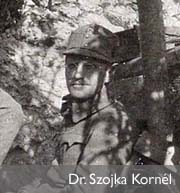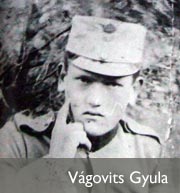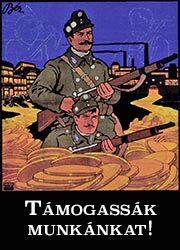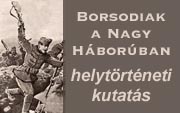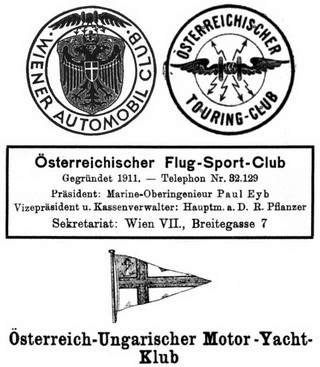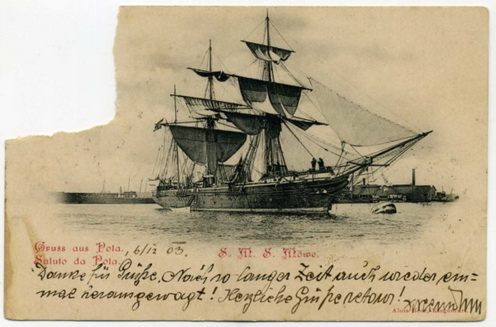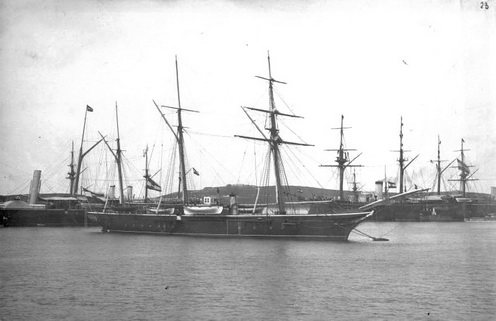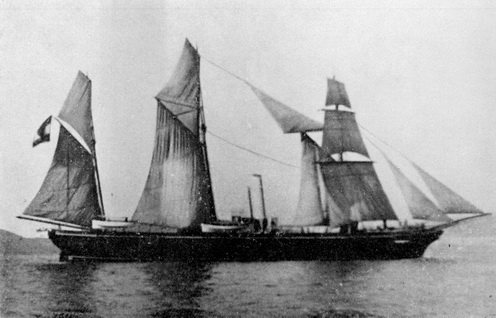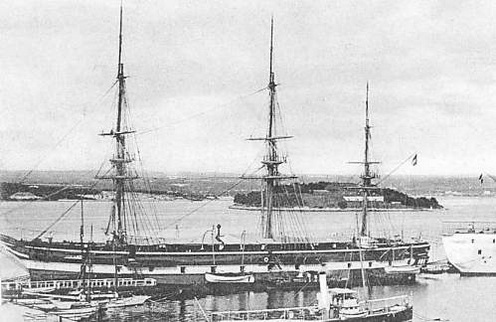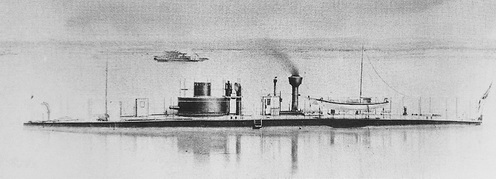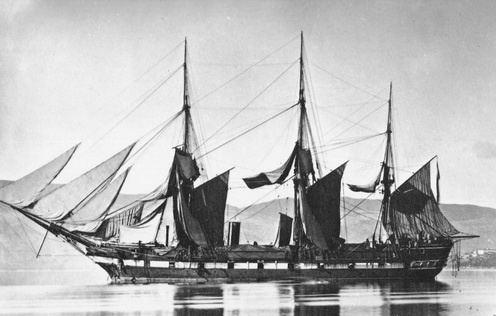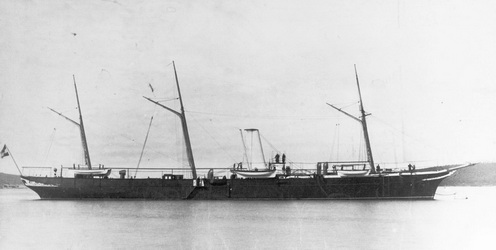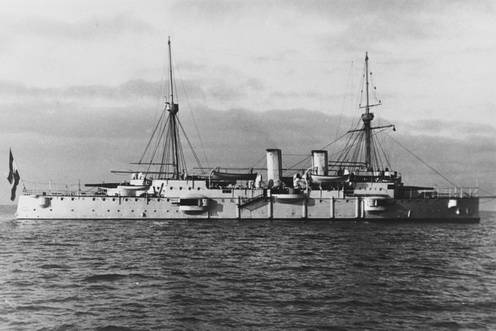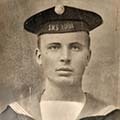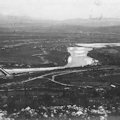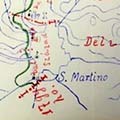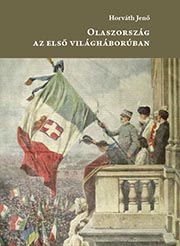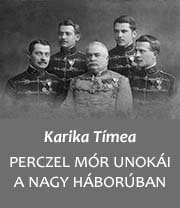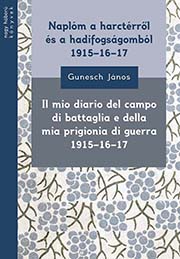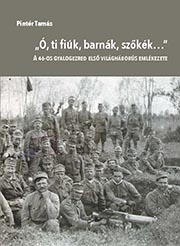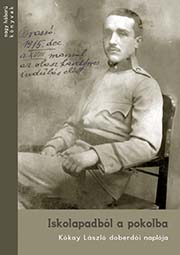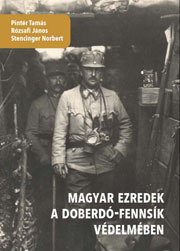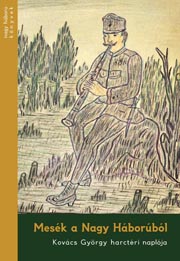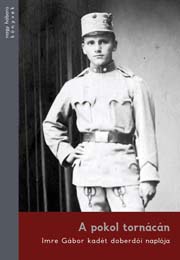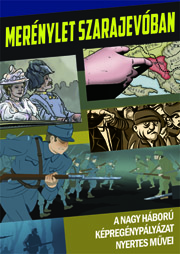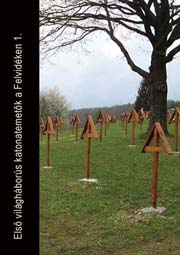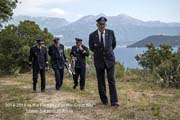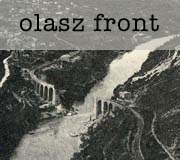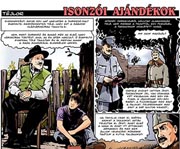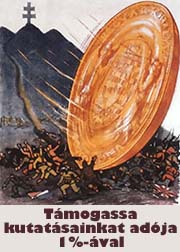 In the k. u. k. Kriegsmarine (the Austro-Hungarian Imperial and Royal Navy), as in the army, officials formed a group separate from navy officers, and within this group, the technical officials were further separated. They included engineers who designed ships, ship engines, and land-based structures related to shipping, as well as ship mechanics. Later, as science progressed, the group was further expanded to include electrical engineers and chemists. Although these officials did not have such extensive maritime knowledge as navy officers, and they could not command an entire ship, their expertise was essential to the design, construction, and operation of the ships. A brief biography of such a technical official follows.
In the k. u. k. Kriegsmarine (the Austro-Hungarian Imperial and Royal Navy), as in the army, officials formed a group separate from navy officers, and within this group, the technical officials were further separated. They included engineers who designed ships, ship engines, and land-based structures related to shipping, as well as ship mechanics. Later, as science progressed, the group was further expanded to include electrical engineers and chemists. Although these officials did not have such extensive maritime knowledge as navy officers, and they could not command an entire ship, their expertise was essential to the design, construction, and operation of the ships. A brief biography of such a technical official follows.
Deep in the engine room
Paul Eyb was born in 1845. He officially joined the austro-hungarian navy on June 20, 1866. As he already had some kind of civil engineering background, he started his service not as a 3rd class but as a machine underchief 2nd class (Maschinenuntermeister 2. Klasse).
On June 29, he sailed out on a screw schooner (or a cannon boat by another classification) called SMS Möve. It was a small three-masted sailing ship with a displacement of only 370 tons, about 50 meters long and 7 meters wide, which was also equipped with a 45-horsepower steam engine. Her armament consisted of only two 24-pounder cannons, and she had a crew of 69. At that time, the ship was mainly active in the Aegean and Black Seas, and was a station ship in Galatz, then a free port.
After almost exactly two and a half years of sea service, he spent the year 1869 on land. Unfortunately, the documents do not show what his exact job was at this time (he officially spent two thirds of his career on land), but it may have been maintenance and the training of sailors. In January 1870, he spent 24 days on SMS Kerka (a slightly larger, 540-tonne screw schooner, similar to Möve), and in November 9 days on SMS Elisabeth, and then again the rest of the year on land. Meanwhile, as of November 1, 1870, as a result of a reorganization in the group of officials, his rank was changed to that of a mechanic 3rd class (Maschinist 3. Klasse).
After almost exactly two and a half years of sea service, he spent the year 1869 on land. Unfortunately, the documents do not show what his exact job was at this time (he officially spent two thirds of his career on land), but it may have been maintenance and the training of sailors. In January 1870, he spent 24 days on SMS Kerka (a slightly larger, 540-tonne screw schooner, similar to Möve), and in November 9 days on SMS Elisabeth, and then again the rest of the year on land. Meanwhile, as of November 1, 1870, as a result of a reorganization in the group of officials, his rank was changed to that of a mechanic 3rd class (Maschinist 3. Klasse).
From July 2, 1871, he served on the screw schooner or cannon boat SMS Hum, a 53-meter-long, 470-ton, 4-gun ship with a steam-powered propulsion in addition to the sails, similar to the Möve and the Kerka. Five years earlier the ship took part in the victorious battle of Lissa, as the flagship of the 3rd Division. In the second half of 1871 the ship cruised in the Adriatic and Ionian Seas.
On January 14, 1872, Eyb returned to the mainland, to the staff of the Pula Military Port Command, and taught in the school of mechanics. From January 27, 1873, he served on the SMS Adria. It was a larger ship than the previous one, originally built as a full-sail frigate, with steam propulsion added later. It was an obsolete ship, used as an artillery school ship. During the year 1872, the boiler, chimney and propeller were dismantled. In the absence of these, it is not entirely clear why a mechanic was needed on board, but the above information may not be accurate and it is possible that it was the dismantling which was Eyb’s job. Paul returned to Pula on October 16, 1874.
From 21 March 1875, he served on the SMS Miramar, a paddle-wheeled steam yacht, which was prepared for the emperor's voyage to Dalmatia. This vessel was about 90 meters long and 10 meters wide (without paddle wheels), with a displacement of 1,830 tons. Propulsion was provided by a two-cylinder, 450-hp steam engine that could accelerate the vehicle to 17 knots using two 8.23-meter-diameter propellers. After the preparations, on 7th April, near Venice, Emperor Franz Joseph and King Victor Emmanuel II of Italy came aboard. The Italian monarch left the ship that day, which then sailed into Pula. The emperor’s cruise to Dalmatia began, and the ship visited nearly 20 port cities from north to south. Finally, on May 13, Franz Joseph left the ship in Rijeka, and the she docked in Pula and was placed in the reserve.
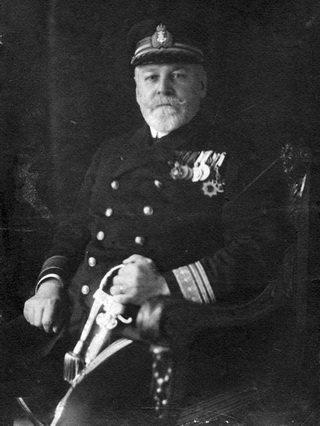 Paul Eyb as retired chief engineer 2nd class c. 1908
Paul Eyb as retired chief engineer 2nd class c. 1908
(Source: Paul Eyb's family)
After a few months on land, on 1st October 1875, Eyb was transferred to the SMS Custoza. This was no longer an obsolete, old-fashioned warship, but one of the newest and most modern units in the Navy. It was built entirely out of iron, a so-called casemate ship (the artillery was concentrated in a “casemate”, an armored fortress, in the middle of the ship). With a length of nearly a hundred meters and a displacement of more than 7,000 tons, it already had quite impressive dimensions compared to its contemporaries. The main armament consisted of eight 26 cm cannons, and the ship was equipped with several smaller-caliber cannons as well.
Paul’s “workplace,” the engine room, contained a horizontal, two-cylinder, single-expansion steam engine with a power output of about 1,000 horsepower. This power, through a propeller nearly 7m in diameter, was able to accelerate the ship to a speed of 13-14 knots (25-26 km / h). The steam was produced in eight coal-fired boilers with 32 fireboxes, and the combustion products could escape through two chimneys. In addition to Paul, five other mechanical officials supervised the operation, two 1st, two 2nd and even a similar 3rd class.
The ship was still brand new; this was her maiden voyage after the test runs, now with full equipment and crew. From June 1876 she became the flagship of the fleet and cruised in the eastern Mediterranean, sailing all the way to Beirut, finally returning to Pula in January 1877.
River service
On February 10, 1877, Eyb was transferred to the Navy Detachment in Budapest. The detachment was responsible for the operation of the two Danube monitors, the SMS Maros and SMS Leitha. Paul was assigned to the SMS Maros, which was a setback compared to his previous ship, but the steam engine here was a more advanced type, and being the only mechanical official aboard, he was responsible for the operation of the entire engine room.
The monitors were the first units of the Danube flotilla. The ships, built between 1870 and 1872, were about 50 meters long, their displacement was around 370 tons, the hull was completely metal, and two 15 cm cannons were placed in a rotating turret. The duplex steam engine, with a power of about 320 hp, drove two propellers that could move the boats at a speed of about 10 km / h.
In the spring of 1877 Paul Eyb married Juliann Röhm. Their first child, Melanie, was born in Pest in May 1878, followed by two other girls and three boys. Meanwhile, on May 1, 1878, Paul was promoted to mechanic 2nd class (Maschinist 2. Klasse).
In the summer of 1878, the monitors took part in a combat operation. They supported the occupation of Bosnia, which began on July 29, by sailing on the Sava. On August 22, the two monitors arrived at Samać, which was from then on used as their base. Their main tasks were reconnaissance, patrolling, and escorting transport ships. The only serious fighting took place on September 14, when they supported the crossing of IV. Corps troops and then the taking of Turkish Samac. They started back from Bosnia on October 14 and arrived in Óbuda on the 26th. All crew members received the War Medal for participating in the campaign.
The river boats were decommissioned for the winter and stored in a safe berth due to the danger of ice. During the following year they were either in reserve or undergoing some minor alteration, but in any case only ran out again in May 1880. In 1881, the monitors remained in the port again, but our engineer returned to Pula again in July.
Engineering ambitions
He did not spend much time in the port admiralty, and from 21 September he was transferred to SMS Erzherzog Friedrich. This ship was again an older type, similar to the SMS Adria, only smaller, originally built as a sailboat. Here again, however, Paul was the “master” of the engine room, now with two 3rd class mechanics as subordinates. With graduates of the Naval Academy they embarked on a voyage to the South Atlantic (Pula - Gibraltar - CapeTown - Martinique - Cadiz - Pula), from which they returned in June 1882. More groups of students were then taken on shorter Mediterranean cruises.
Eyb spent only one year on the ship. From September 22, 1882 he spent three years teaching at the Pola School of Mechanical Engineering. He was sent to Vienna in October 1885, now under the command of the Naval Arsenals Commando (See-Arsenals Commando). I did not find any data on him, but given the further developments in his career, he most likely completed some kind of course or school there.
From 28 August 1887 he was transferred from the mechanics subgroup of maritime officials to the mechanical engineering and operations (Maschinenbau und Betrieb) subgroup, where he became an engineer 2nd class (Maschinenbauingenieur 2. Klasse), the rank corresponding to his previous rank of mechanic 2nd class; however, by May 1, 1888, he had already been promoted to engineer 1st class (Maschinenbauingenieur 1. Klasse). From July 19, 1889, he was assigned to SMS Lussin for half a year, which at that time served as a ship training the engine room crews. He must have been qualified enough by now, so he was probably employed as an instructor.
Traveling around the world with SMS Kaiserin Elisabeth
As a mechanical engineer, Eyb’s first major job was related to the SMS Kaiserin Elisabeth under construction. He worked on the ship from April 1890. His exact job is unknown, but it may have been some combination of the acquisition and installation of mechanical equipment. The ship was a so-called protected cruiser, with a length of just over 100 meters and a water displacement of 4,000 tons. The engine room housed two three-cylinder, stationary, triple-expansion steam engines that could accelerate the ship to nearly 20 knots (37 km / h) using two propellers. The main armament consisted of two 24 cm Krupp cannons, supplemented by several smaller caliber ones. The thickness of the armor ranged from 4 to 9 cm.
On January 18, 1892, he officially became a member of the ship's crew. Three days later, the first test drives began, after which Paul accompanied the ship on a trip around the world. The cruiser sailed from Trieste on December 15, 1892, with Franz Ferdinand, heir to the throne and his entourage, as well as Archduke Leopold Ferdinand, who served as a lieutenant on the ship, on board. A week later, they crossed the Suez Canal and then made their way to Ceylon (today Sri Lanka). Christmas was celebrated at sea, with temperatures of 40 ℃ on the deck, and 60 ℃ in the engine room.
On January 2, 1894, they met with the SMS Fasana corvette heading home. On January 5, they docked at Colombo, the capital of Ceylon. They sailed out to Bombay (now Mumbai) in the West Indies on 14 January, where they arrived on the 17th. The heir apparent then began his voyage across India, and the ship, touching Goa and Ceylon, set out for Calcutta to meet him there. They were anchored in Calcutta from 28 February to 29 March, during which the ship went through intensive maintenance.
With Franz Ferdinand on board, the ship set sail for Singapore, where they arrived on April 6th. Due to the raging cholera epidemic in the city, they were already on their way to the island of Java on the 9th. Along the way, the line-crossing ceremony was held, with the heir apparent as well as the captain participating. The Archduke spent 18 days on Java, whence they sailed out on 27 April and headed for Sydney. During this stage of the voyage, Leopold Ferdinand got into some kind of conflict with Franz Ferdinand and / or the ship's officers, which resulted in him being put on a steamer heading to Europe in the first Australian port.
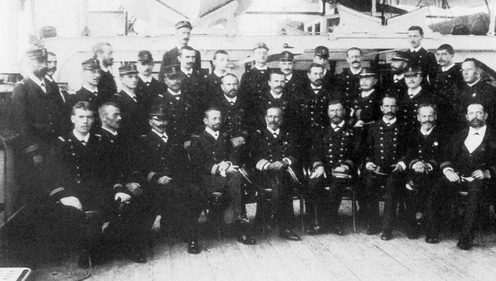 SMS Kaiserin Elisabeth's officers on their way around the world. Paul is the second from right in the sitting row
SMS Kaiserin Elisabeth's officers on their way around the world. Paul is the second from right in the sitting row
(Source: dr. Balogh Tamás: A "piros-fehér-piros" a Sárga-tengeren – A Kaiserin Elisabeth cirkáló története)
The ship arrived in Sydney on 16 May. They weighed anchor on the 25th to circle Australia from the north and to return to Singapore, where they arrived in early July. From there, the things collected by the heir — about 100 crates — were sent home by train. They then sailed to Japan with a stop in Hong Kong. On August 24 Franz Ferdinand disembarked in Yokohama and continued his journey to America on a civilian passenger steamer. SMS Kaiserin Elisabeth visited Korea in early October and then made her way home. On December 19, 1893, a year and four days after she set sail, the cruiser sailed into Pula.
Franz Ferdinand founded a new medal in memory of the voyage, the Sea Travel Commemorative Medal, which was awarded to all members of the crew and officers. Paul Eyb, in addition, received the Knight's Cross of the Order of Franz Joseph as the chief chief engineer of the ship, and on November 1, 1893, was promoted to chief engineer 3rd class (Maschinenbau-Oberingenieur 3. Klasse). He probably received the 4th class of the Rising Sun Order in Japan, but did not receive official permission to wear it until April 1895.
In domestic waters
The cruiser was decommissioned in February 1894 and placed in Reserve I, but Paul continued to serve on the ship. At the end of March 1895, the ship was recommissioned, and became part of the so-called summer fleet. On May 10, at Fasana, the emperor watched the maneuvers of the fleet. Then they set out for Kiel, to attend the grand opening of the Kiel Canal. They returned to Pula in mid-July and then decommissioned the ship again at the end of September.
Paul Eyb was sent to the mainland, where he began working on the SMS Wien under construction. Construction of the ship had begun in 1893, and she was launched on July 6, 1895. SMS Wien was a Monarch class “coast guard” ship. It was almost a hundred meters long and had a water displacement of nearly 5,900 tons. The main armament consisted of four 24 cm cannons (built into two electrically rotatable towers), with armor thicknesses ranging from 6 to 28 cm.
Two standing, 3-cylinder, triple-expansion steam engines were installed in the engine room, with steam being produced in five boilers. The engines put out about 8,600 horsepower, which could be delivered by two 4.42-meter-diameter three-wing propellers, bringing the ship’s maximum speed to 17.49 knots (35 km / h).
The ship went into service on May 13, 1897, but this time the chief engineer could no longer join the ship's crew. On 1 April 1897, he was put on a one year leave, later to be extended indefinitely, due to his medical condition. He finally retired on April 1, 1899.
Retirement
He stayed close to technical things during his retirement years. As early as 1899, he filed a patent application in Trieste entitled “Flexible connection of bicycle wheels and bicycle frames,” which was granted in 1903. Bicycles may have been of interest not only from a technical point of view, as he joined the Österreichischer Touring-Club in 1901 and later became its vice-president. He was also a member of the Wiener Automobil-Club and the Österreich-Ungarischer-Motor-Yacht-Klub. He founded the Österreichischer Flug-Sport-Club in 1911 and acted as its president until his death.
In October 1908, he was promoted to honorary chief engineer 2nd class (Maschinenbau-Oberingenieur 2. Klasse). Paul Eyb died on April 24, 1924 in Vienna.
Paul Eyb couldn’t take any active part in World War I, but his son Robert, who seems to have taken after his father, could; Robert served as a pioneer officer in the army even before the war. He soon became acquainted with flying, and in October 1911 took a pilot's exam. He served as a military pilot during the war; he later became a flight instructor and wrote several flight manuals. After the war, Robert worked as an air crash investigator. He retired as a Major General of the Austrian Bundesheer.
I would like to thank the descendants of Paul Eyb, especially Ms. Megan Husband, for their help in perparing this article and for their kind permission to publish Paul Eyb's photograph.
I would further like to thank Dr. András Korn for his help in proofreading and copyediting the article.
Ship details


